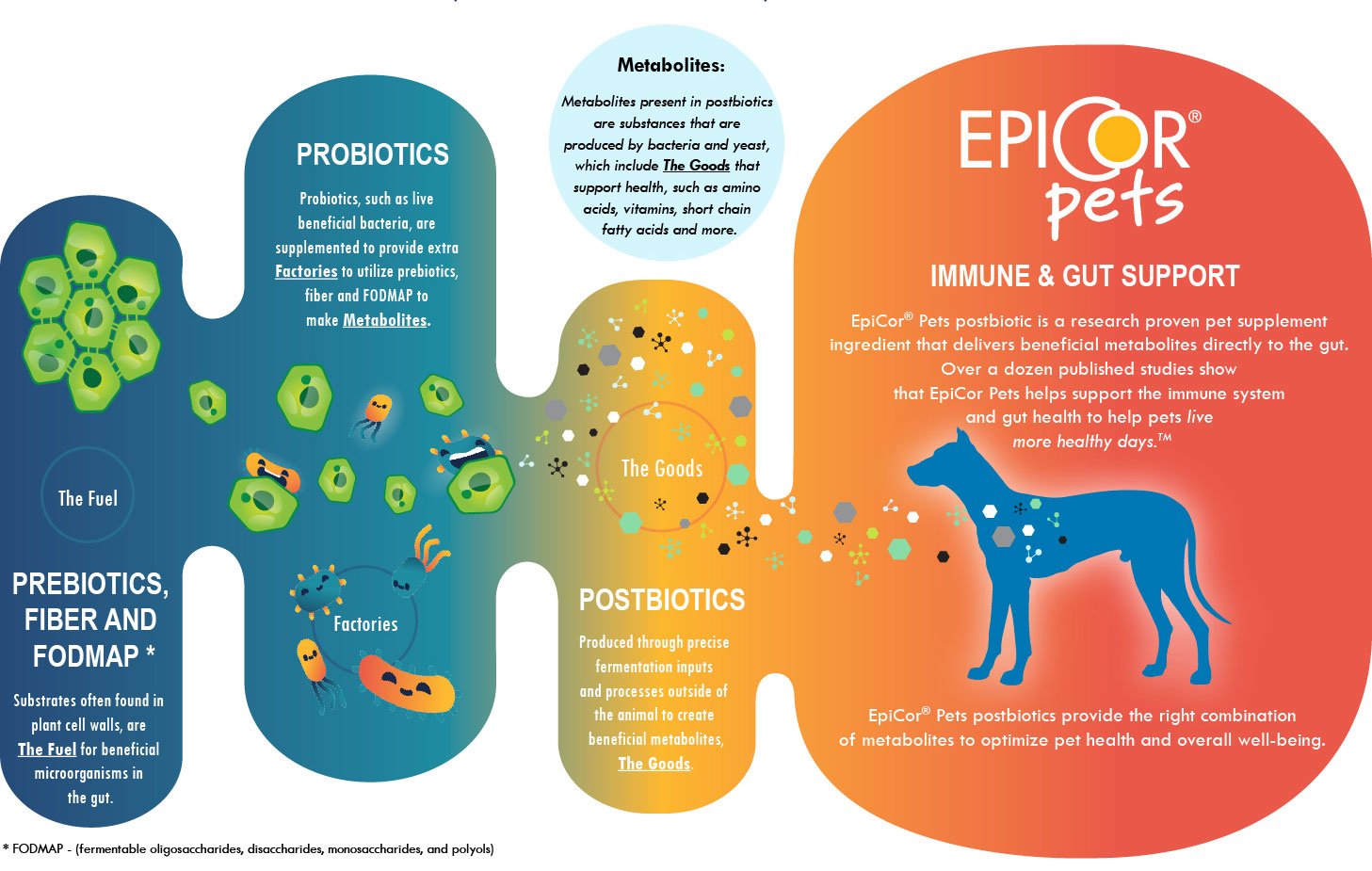postbiotic
First we had antibiotics, an 1890s borrowing from French antibiotique. Then in the 1950s we learned about probiotics (the opposite of antibiotics) which encouraged certain microorganisms in the gut. We also had prebiotics which were foods that were not digested in the gut but which work in conjunction with the probiotics to produce short chain fatty acids, in particular, butyrate which protects the lining of the gut. A probiotic is yoghurt. A prebiotic is vegetable fibre.
Now we are focusing our attention on the postbiotics which are the molecules produced after the prebiotics and probiotics have done their work. Many of these are good for you and can prevent the takeover of pathogens like E. coli in the gut. Not all are beneficial, however. A diet of high-fat foods can produce a postbiotic bile acid which is linked to inflammation and colon cancer. As ever, the solution is to eat more dietary fibre because this stimulates good postbiotics in the gut.
